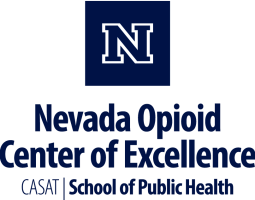Opioids are highly addictive, and they change how the brain works. Anyone can become addicted, even when opioids are prescribed by a doctor and taken as directed. In fact, millions of people in the United States suffer from opioid addiction. This fact sheet contains important information about treatment and recovery of opioid use disorder.

